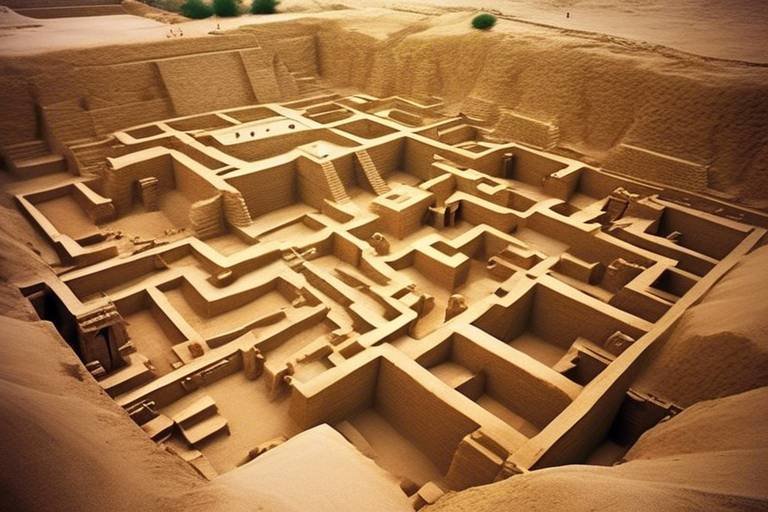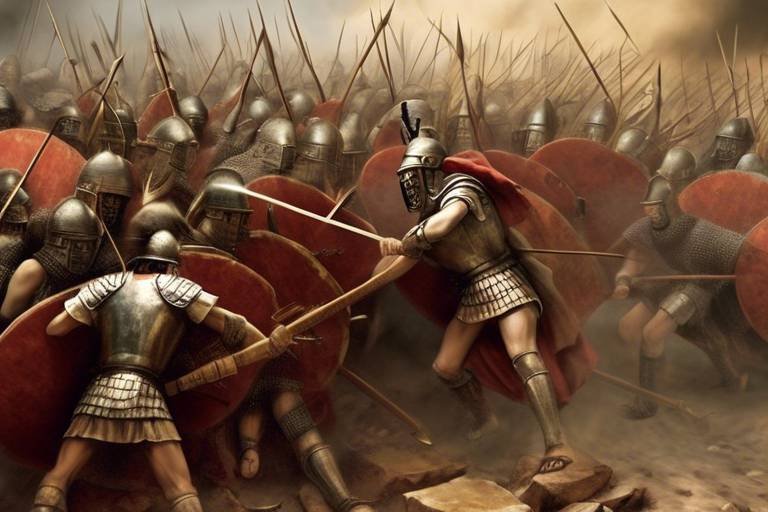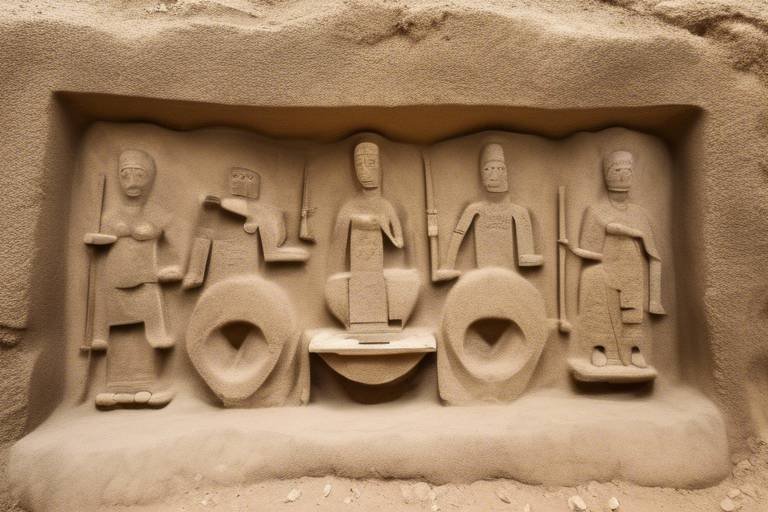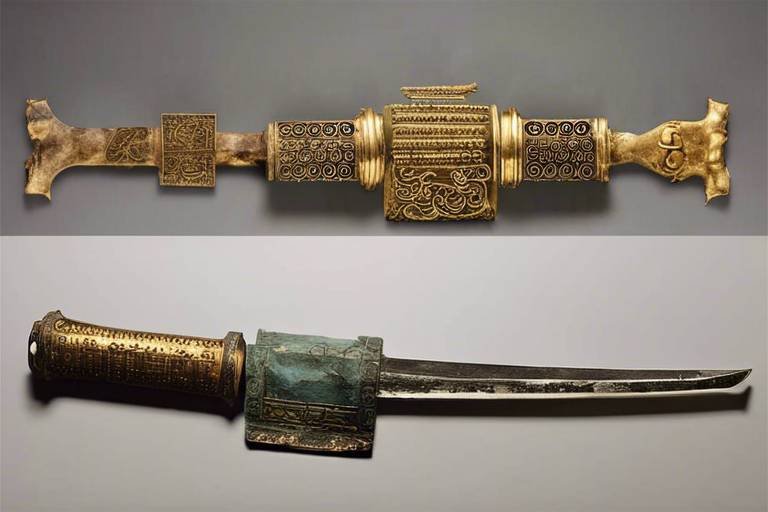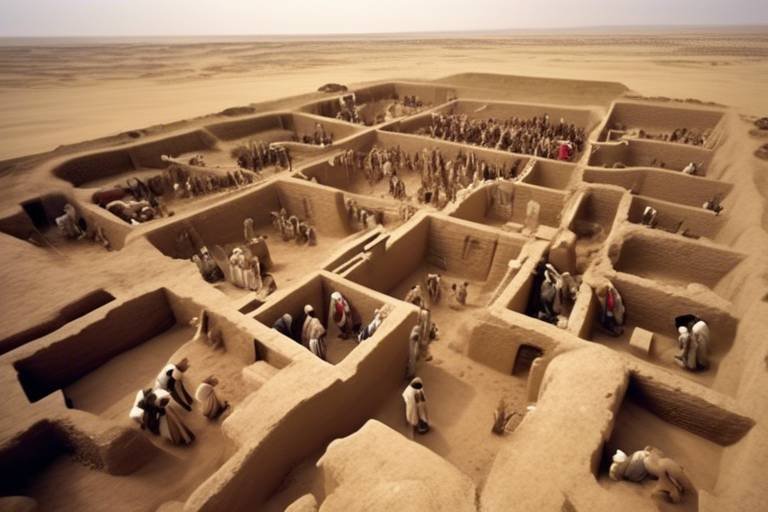How Gender Perspectives Shape Archaeological Interpretations
Gender perspectives play a crucial role in shaping archaeological interpretations, offering a unique lens through which to understand past societies and cultures. By examining historical artifacts and sites through the framework of gender, researchers can uncover hidden narratives and challenge traditional assumptions.
When exploring archaeological research, it becomes evident that gender has often been neglected in the past. However, recent efforts have been made to rectify this oversight by incorporating gender perspectives into research methodologies. This shift has led to a more comprehensive understanding of ancient societies and the roles of individuals within them.
One significant aspect of gender in archaeology is the interpretation of artifacts. Gender biases can heavily influence how artifacts are understood, leading to different narratives about the lives and experiences of people in the past. By acknowledging and addressing these biases, researchers can offer more nuanced interpretations of material culture.
Women have played a vital role in archaeology, contributing to the field and challenging traditional interpretations through a gendered lens. Their perspectives have brought new insights and perspectives to archaeological research, enriching our understanding of the past and the diverse roles individuals played in ancient societies.
The emerging field of queer archaeology further challenges binary gender assumptions in the study of ancient cultures. By examining non-normative gender identities and relationships in the past, queer archaeology offers a more inclusive and diverse perspective on historical societies.
Intersectionality is another important aspect of gender perspectives in archaeological studies. By considering how gender intersects with race, class, and sexuality, researchers can gain a more holistic understanding of the complexities of past societies and the diverse experiences of individuals within them.
Monumental architecture, such as tombs, temples, and palaces, also reflects gender perspectives in archaeological interpretations. The design and purpose of these structures can reveal insights into gender roles, power dynamics, and social hierarchies in ancient societies, shedding light on the lives of individuals who lived in these spaces.
Feminist approaches to archaeology have been instrumental in challenging traditional methodologies and interpretations. By centering gender in the study of material culture and ancient societies, feminist archaeologists have paved the way for more inclusive and diverse narratives about the past, highlighting the agency and experiences of marginalized groups.
Looking towards the future, there is great potential for further research and collaboration in gender archaeology. By continuing to explore the intersection of gender with other aspects of identity and experience, researchers can promote a more comprehensive and inclusive understanding of the past, enriching our knowledge of ancient societies and cultures.

The Role of Gender in Archaeological Research
Exploring the impact of gender perspectives on archaeological research and how they influence the interpretation of historical artifacts and sites.
In the realm of archaeological research, the role of gender has long been a neglected aspect, often overshadowed by other factors. However, in recent years, there has been a significant shift towards recognizing the importance of gender perspectives in shaping our understanding of the past. By acknowledging the influence of gender in archaeological interpretations, researchers are able to uncover hidden narratives and bring new insights to light.
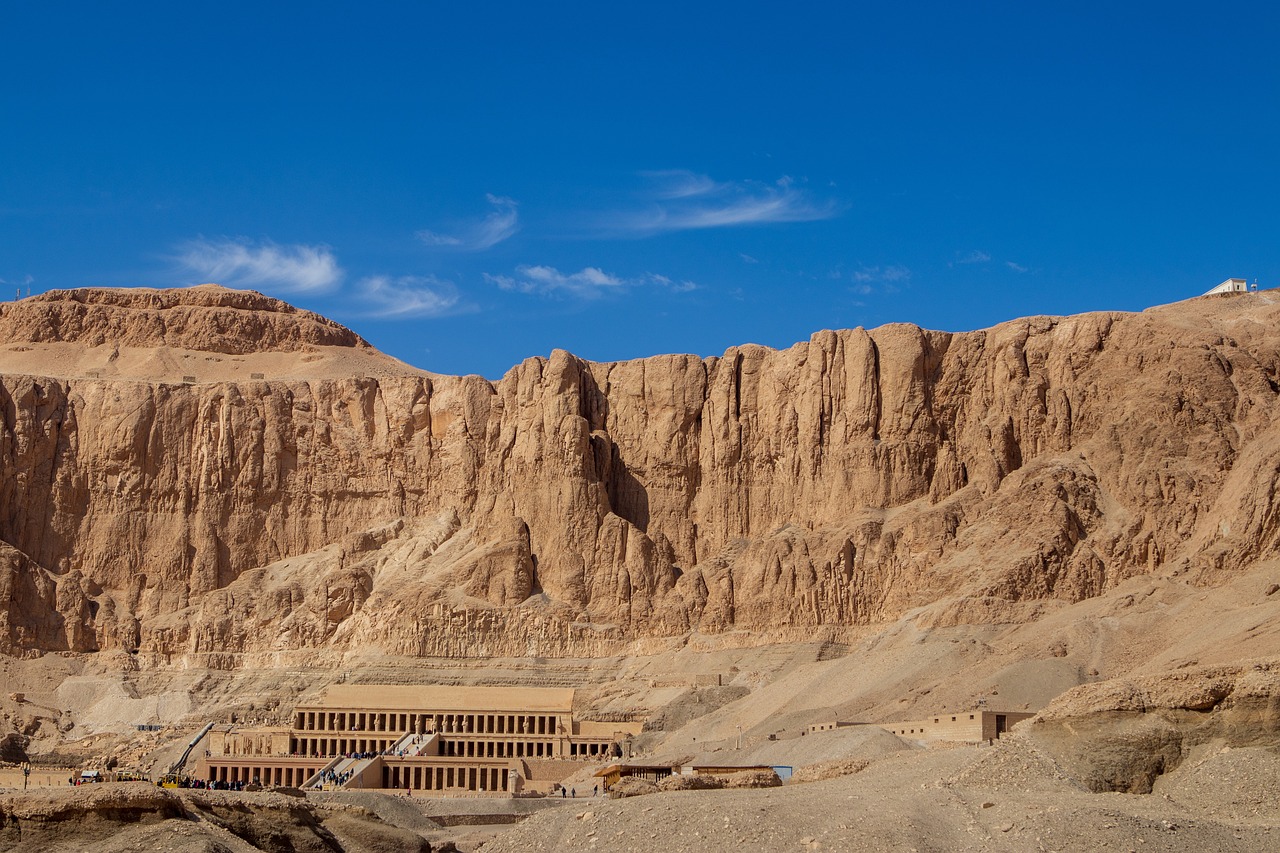
Gendered Interpretations of Artifacts
Exploring the impact of gender perspectives on archaeological research and how they influence the interpretation of historical artifacts and sites.
Examining the historical neglect of gender in archaeology and the recent efforts to incorporate gender perspectives into research methodologies.
When it comes to interpreting artifacts through a gendered lens, it's fascinating to see how preconceived notions and biases can influence the narratives we construct about ancient societies and individuals. For example, a simple pottery fragment could be viewed differently based on whether it was associated with activities traditionally assigned to men or women. These interpretations can significantly impact our understanding of past cultures and the roles different genders played within them.
Highlighting the contributions of women archaeologists and their role in challenging traditional archaeological interpretations through a gendered lens.
Exploring the emerging field of queer archaeology and how it challenges binary gender assumptions in the study of ancient cultures.
Investigating how intersectionality, including race, class, and sexuality, intersects with gender perspectives to provide a more nuanced understanding of the past.
Analyzing how gender perspectives influence the interpretation of monumental architecture, such as tombs, temples, and palaces, in archaeological contexts.
Exploring feminist methodologies in archaeology and their impact on the interpretation of material culture and ancient societies from a gendered standpoint.
Discussing the potential for further research and collaboration in gender archaeology to promote more inclusive and diverse narratives about the past.
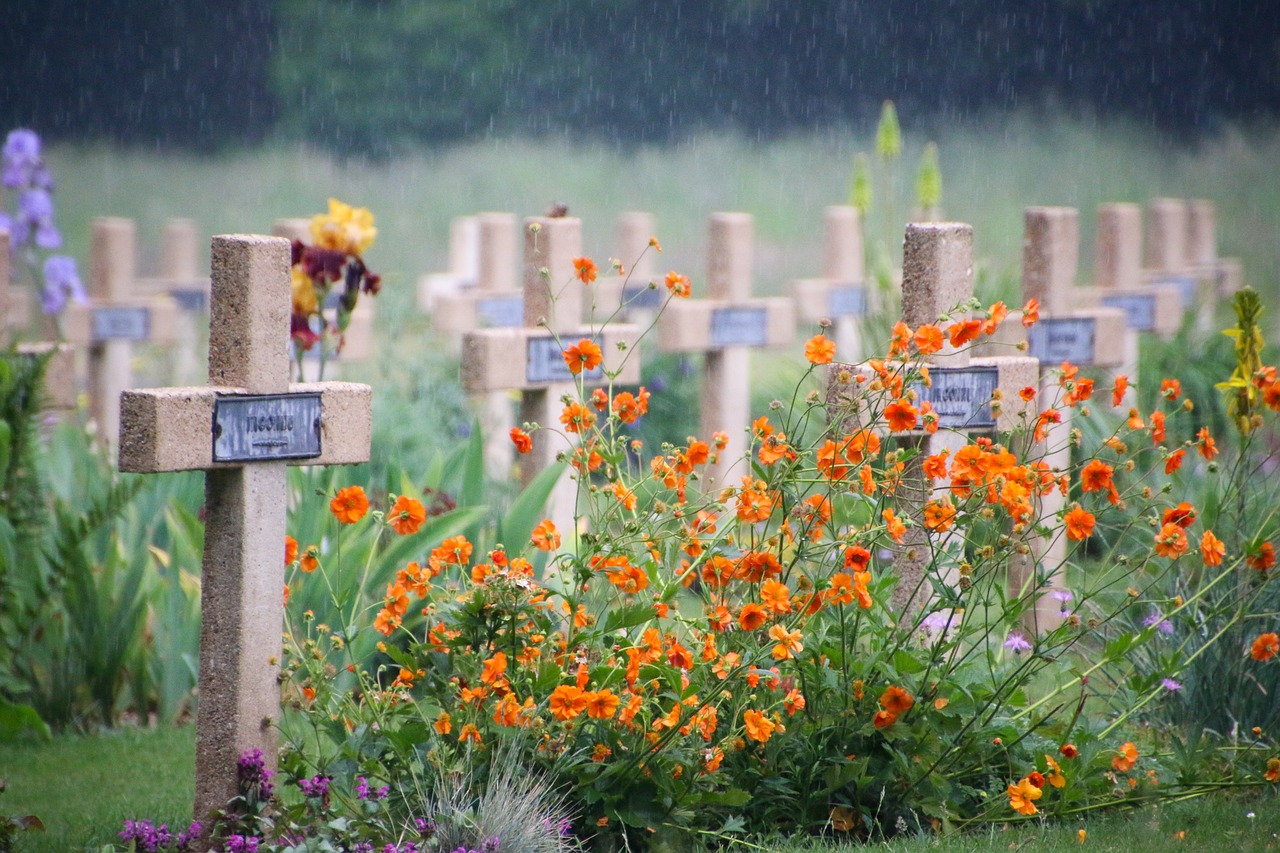
Women in Archaeology
Women have played a crucial role in the field of archaeology, yet their contributions have often been overlooked or marginalized in historical narratives. Despite facing challenges and discrimination, women archaeologists have made significant strides in reshaping our understanding of the past through a gendered perspective. By actively participating in excavations, research projects, and academic discussions, women have brought fresh insights and interpretations to archaeological findings.
One notable example is the pioneering work of Gertrude Caton-Thompson, an English archaeologist known for her excavations in Egypt and East Africa in the early 20th century. Caton-Thompson's meticulous approach to fieldwork and her focus on the role of women in ancient societies challenged prevailing stereotypes and biases within the discipline. Her discoveries shed light on the diverse roles and contributions of women in different cultural contexts, paving the way for future generations of women archaeologists.
Furthermore, women in archaeology have actively advocated for the inclusion of gender perspectives in research methodologies, pushing against traditional interpretations that often overlook the experiences and agency of women in the past. Through feminist approaches to archaeology, women scholars have highlighted the importance of considering gender dynamics in the analysis of material culture, burial practices, and social structures.
Moreover, women archaeologists have been instrumental in promoting interdisciplinary collaborations and intersectional analyses within the field. By acknowledging the complexities of identity and power dynamics, women have contributed to a more nuanced understanding of ancient societies that goes beyond simplistic binary narratives. Their work has paved the way for inclusive and diverse interpretations of the past, challenging long-standing assumptions and biases.
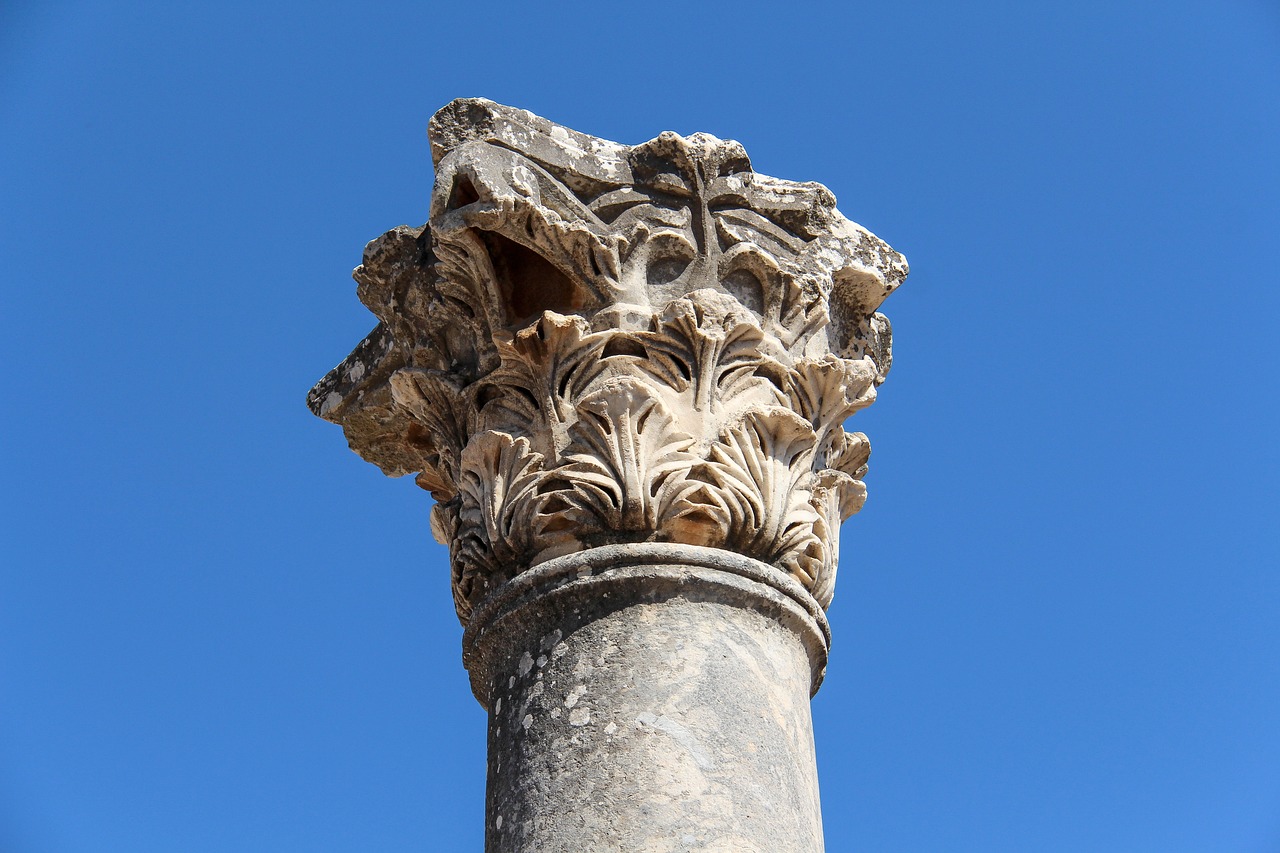
Queer Archaeology
Queer archaeology is a relatively new and groundbreaking field that challenges traditional binary assumptions in the study of ancient cultures. It delves into exploring the diverse spectrum of gender and sexuality in past societies, offering fresh perspectives on how individuals of non-conforming gender identities were perceived and represented in archaeological records. By examining artifacts, monuments, and historical texts through a queer lens, researchers in this field aim to uncover hidden narratives and identities that have been overlooked or marginalized in mainstream archaeological interpretations.
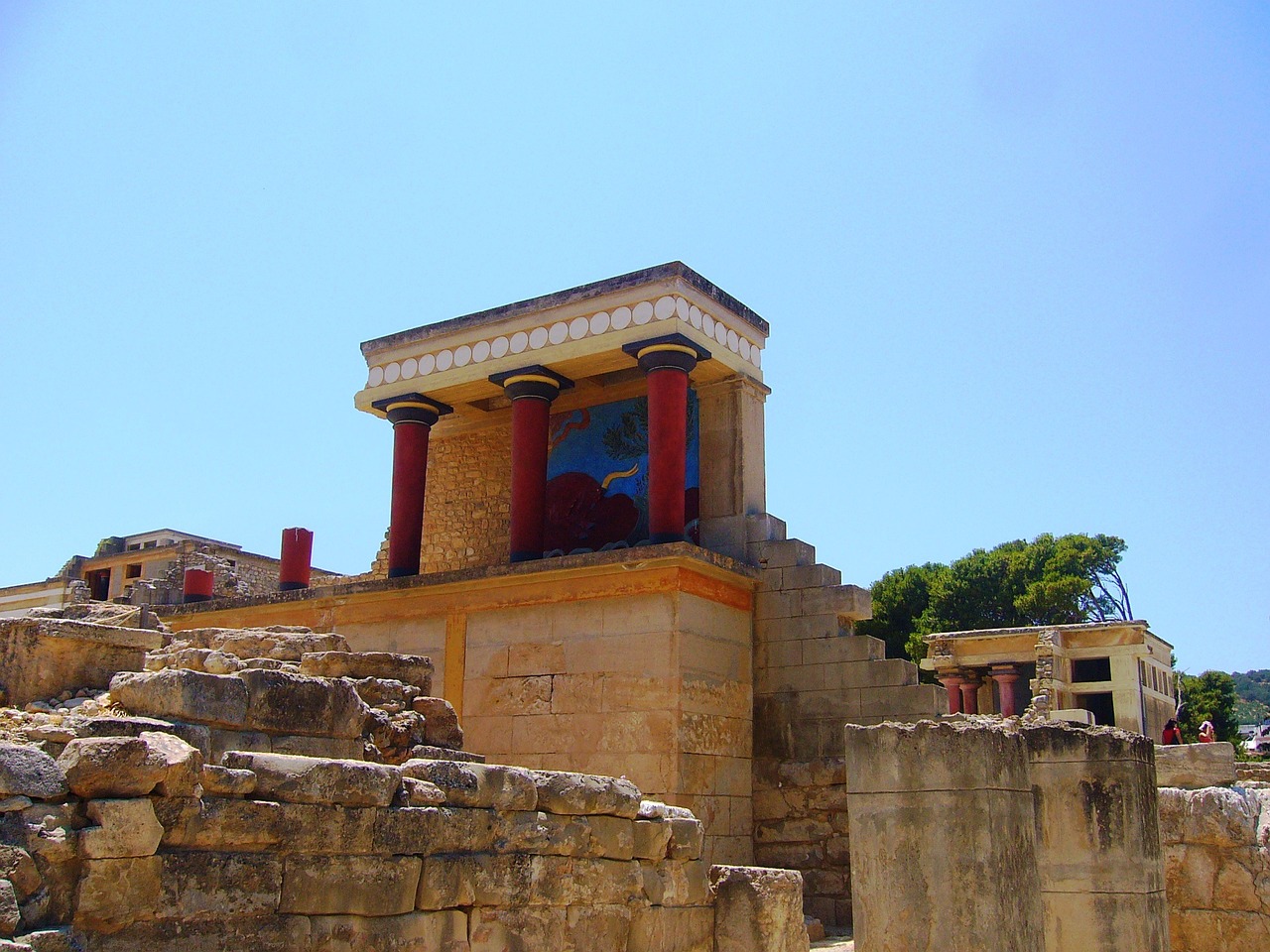
Intersectionality in Archaeological Studies
Intersectionality in Archaeological Studies delves into the intricate web of factors that shape our understanding of the past. In the realm of archaeology, intersectionality refers to the interconnected nature of various social categories like race, class, and sexuality, alongside gender, that influence historical narratives. By considering these intersecting identities, archaeologists can unveil a more comprehensive and nuanced picture of ancient societies.
Imagine a tapestry where each thread represents a different aspect of identity. When examining archaeological findings through an intersectional lens, we are not just focusing on one thread but on the intricate weaving of multiple threads that together form a rich and complex narrative. This approach allows us to move beyond simplistic interpretations and uncover the diverse experiences and perspectives of individuals in the past.
For instance, when analyzing a burial site, an intersectional perspective would consider how factors like gender, social status, and cultural background intersect to shape burial practices and rituals. By acknowledging these intersecting identities, archaeologists can challenge assumptions and stereotypes that may have previously influenced interpretations of the past.
Moreover, intersectionality in archaeological studies highlights the importance of inclusivity and diversity in research. By recognizing the multifaceted nature of identity, archaeologists can ensure that marginalized voices and experiences are not overlooked or misrepresented in historical narratives. This approach fosters a more holistic understanding of the past, allowing for a more accurate portrayal of ancient societies and cultures.
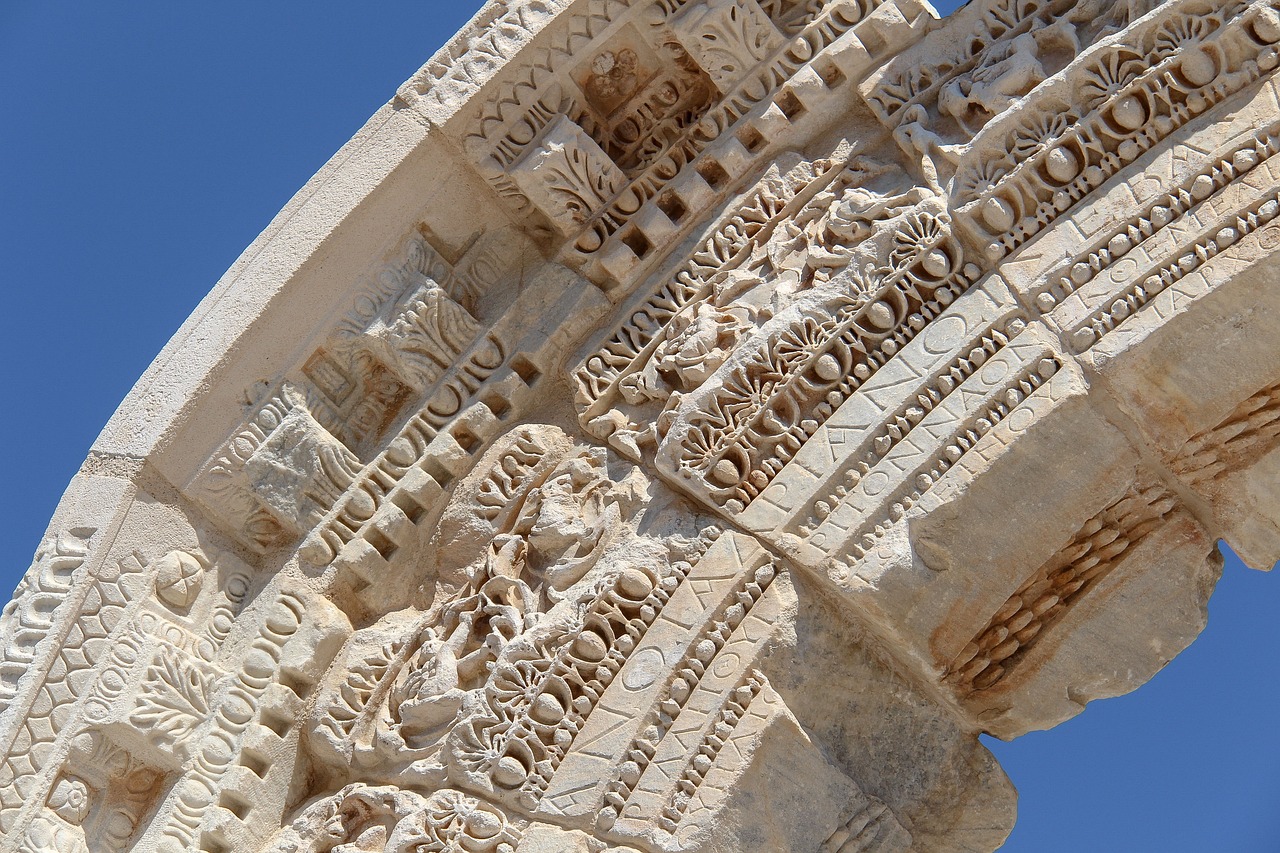
Gender and Monumental Architecture
When delving into the realm of archaeology, the lens of gender perspectives unveils a fascinating dimension that significantly influences the interpretation of monumental architecture. The monumental structures of ancient civilizations, such as tombs, temples, and palaces, are not merely physical entities but repositories of societal values, power dynamics, and cultural expressions. Gender perspectives play a crucial role in deciphering the meanings embedded within these architectural marvels.
One intriguing aspect is how gender roles and power dynamics are reflected in the design and layout of monumental architecture. For instance, the segregation of spaces within a temple or palace based on gender divisions can provide insights into the social hierarchy and roles of men and women in that society. The grandeur or simplicity of a structure may also signify the status and influence of particular genders within the community.
Moreover, the symbolic significance of architectural elements can vary based on gender perspectives. The presence of certain motifs, decorations, or inscriptions may hold different meanings when viewed through a gendered lens. For example, a statue depicting a female figure might not only represent a specific individual but also symbolize broader concepts of femininity, fertility, or power in the society it belonged to.
Gender perspectives can also shed light on the purpose and function of monumental architecture. By considering the activities that took place within these structures and the individuals involved, archaeologists can reconstruct narratives that highlight the roles of different genders in religious ceremonies, political events, or daily life. This nuanced approach challenges traditional interpretations that often overlook or downplay the contributions and experiences of women and marginalized genders.
Furthermore, the study of gender and monumental architecture opens up discussions about agency, representation, and identity in ancient societies. By examining how certain genders were portrayed in architectural reliefs, murals, or statues, researchers can discern the values, beliefs, and societal norms that shaped the visual culture of the past. This exploration not only enriches our understanding of ancient civilizations but also prompts critical reflections on contemporary gender dynamics and biases.
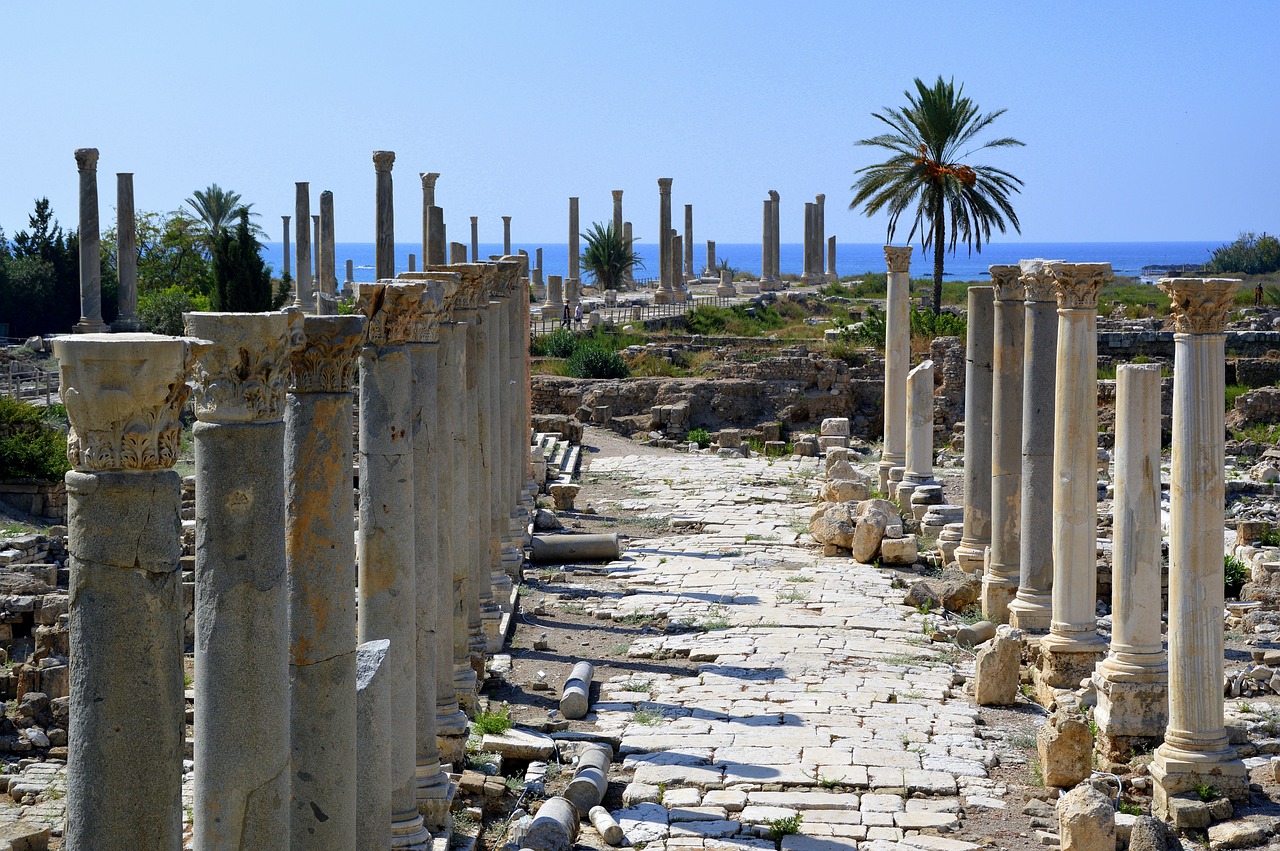
Feminist Approaches to Archaeology
Feminist approaches to archaeology have significantly transformed the field by challenging traditional interpretations and shedding light on the experiences of women in ancient societies. By applying feminist methodologies, archaeologists aim to uncover hidden narratives and power dynamics present in material culture. These approaches emphasize the importance of considering gender roles and social structures in the interpretation of archaeological evidence.
One key aspect of feminist archaeology is the reassessment of historical biases that have marginalized the contributions of women in the past. Through a gendered lens, researchers can reevaluate artifacts and sites to reveal the roles and agency of women in ancient societies. This perspective challenges the notion of a male-dominated narrative in archaeology and seeks to provide a more inclusive and diverse understanding of the past.
Furthermore, feminist approaches in archaeology highlight the intersectionality of gender with other social categories such as race and class. By considering how these factors intersect and influence each other, archaeologists can develop a more nuanced interpretation of past societies. This multidimensional approach enriches our understanding of ancient cultures and challenges simplistic narratives.
Overall, feminist approaches to archaeology play a crucial role in reshaping the discipline and promoting equality and inclusivity in archaeological research. By acknowledging the diverse experiences of individuals in the past and questioning traditional assumptions, feminist archaeology opens up new avenues for exploration and interpretation.
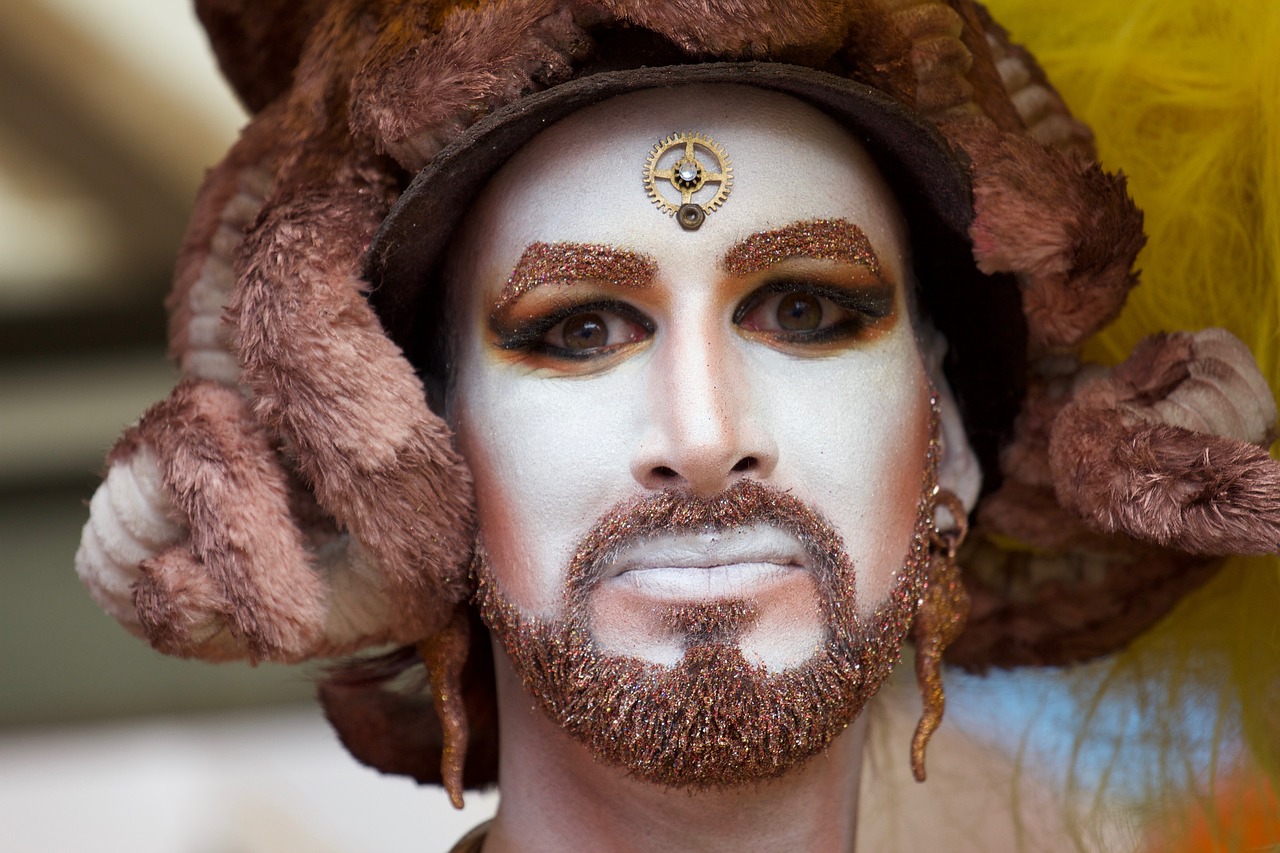
Future Directions in Gender Archaeology
As we look towards the future of gender archaeology, there are exciting avenues for exploration and discovery that hold the potential to reshape our understanding of the past. One key direction is the integration of more diverse voices and perspectives into archaeological research. By actively involving individuals from various gender identities, cultural backgrounds, and academic disciplines, we can create a more inclusive and comprehensive narrative of ancient societies.
Furthermore, the utilization of advanced technology and scientific methods offers promising opportunities for gender archaeology. From DNA analysis to isotopic studies, these tools enable researchers to delve deeper into questions of gender roles, identities, and relationships in the past. By combining traditional archaeological methods with cutting-edge scientific techniques, we can uncover new insights and challenge existing interpretations.
Collaboration across disciplines is another crucial aspect of the future of gender archaeology. By working closely with experts in fields such as sociology, anthropology, and gender studies, archaeologists can gain fresh perspectives and approaches to interpreting material culture through a gendered lens. This interdisciplinary approach fosters innovation and opens up new avenues for research.
Moreover, the acknowledgment of power dynamics and inequalities in archaeological practice is essential for the future of gender archaeology. By critically examining the ways in which gender, race, class, and other intersecting identities influence research agendas and interpretations, archaeologists can strive for a more equitable and ethical approach to studying the past.
In conclusion, the future of gender archaeology holds immense potential for transformative discoveries and paradigm shifts in our understanding of ancient societies. By embracing diversity, technological advancements, interdisciplinary collaboration, and critical self-reflection, researchers can pave the way for a more inclusive and nuanced exploration of gender in the archaeological record.
Frequently Asked Questions
- What is the significance of gender perspectives in archaeology?
Gender perspectives in archaeology are crucial as they provide a more comprehensive understanding of past societies and individuals. By incorporating gender analysis, researchers can uncover hidden narratives, challenge traditional interpretations, and promote inclusivity in historical reconstructions.
- How do gender biases influence the interpretation of artifacts?
Gender biases can shape the interpretation of artifacts by imposing preconceived notions and stereotypes on the past. This can lead to skewed narratives and limited understandings of ancient cultures. By acknowledging and addressing these biases, archaeologists can offer more nuanced and accurate insights into the lives of past peoples.
- What is the role of women archaeologists in challenging traditional interpretations?
Women archaeologists play a vital role in challenging traditional interpretations by offering diverse perspectives, advocating for gender-inclusive methodologies, and highlighting the contributions of women in the past. Their work helps to reshape the narrative of history and promote a more balanced representation of ancient societies.
- How does intersectionality contribute to a more nuanced understanding of the past?
Intersectionality, which considers the interconnected nature of various social identities like gender, race, class, and sexuality, enriches archaeological studies by providing a holistic view of past cultures. By examining these intersecting factors, researchers can uncover complex dynamics and offer a more comprehensive interpretation of historical contexts.
- What are some future directions in gender archaeology?
Future directions in gender archaeology include promoting collaboration among researchers from diverse backgrounds, exploring underrepresented narratives, integrating feminist methodologies, and embracing intersectional approaches. These initiatives aim to foster a more inclusive and multifaceted understanding of the past.


